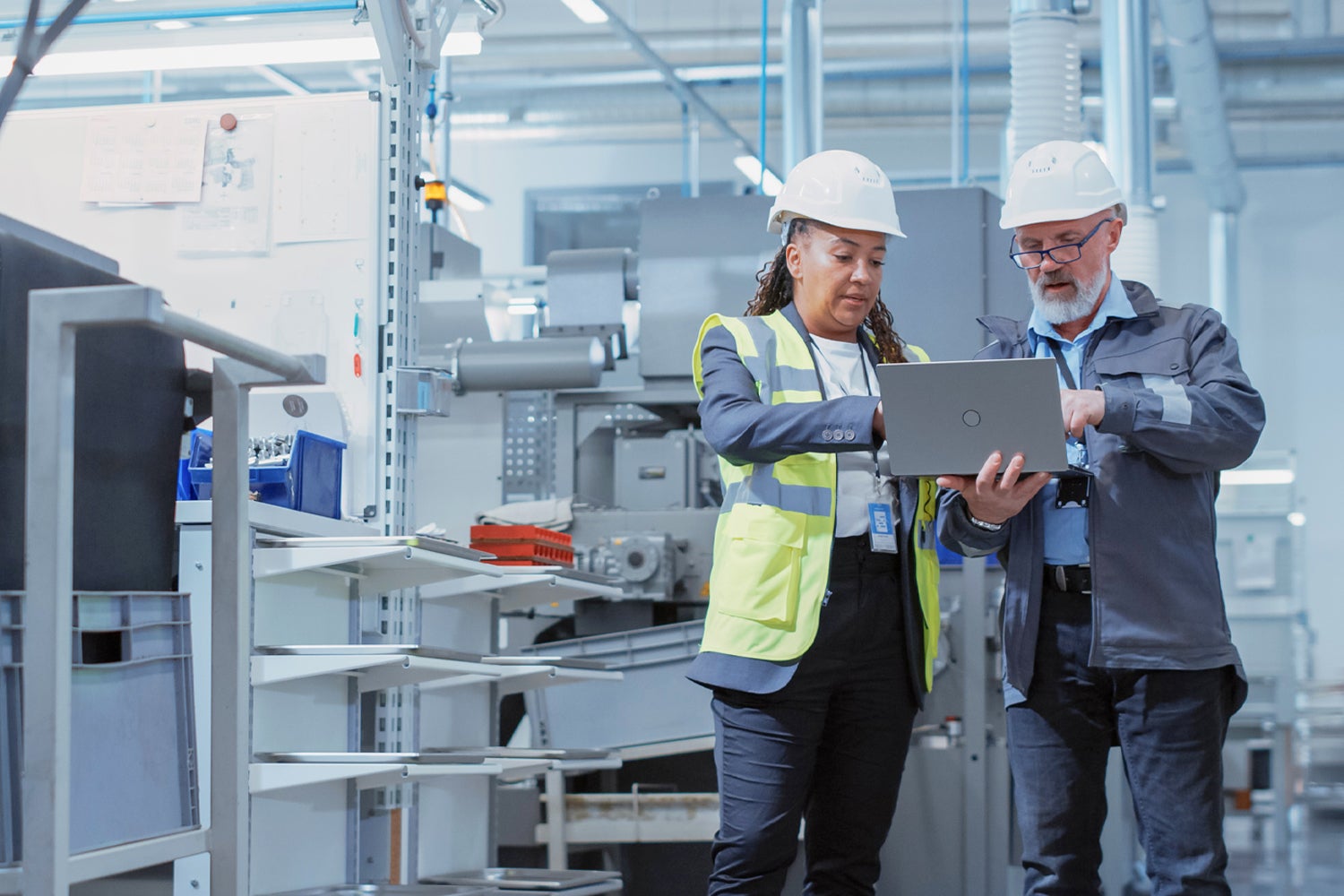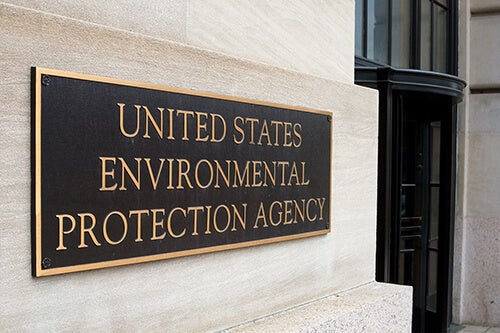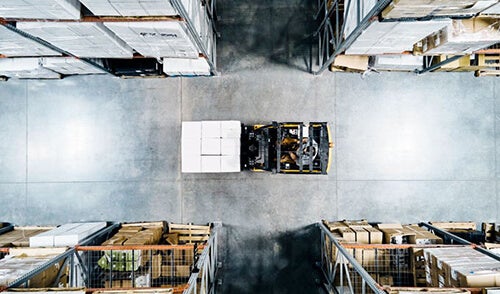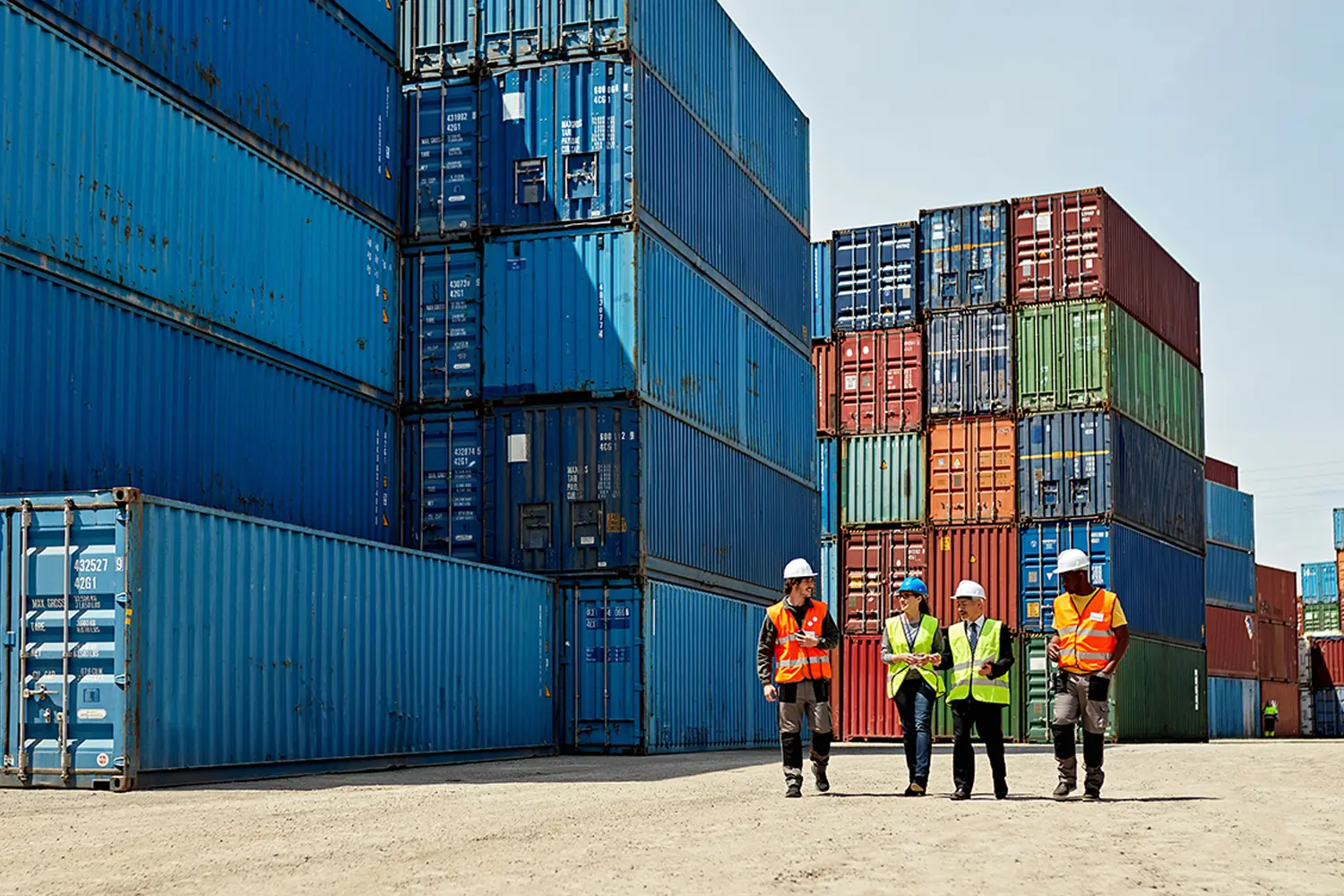2025 Update
By Sue Fortunato-Esbach (Originally authored by Steven Andrews)
A lot has happened since we first published this in August 2023. With the EU Batteries Regulation (EUBR) now in force, we’re fast approaching some of its biggest deadlines. By August 18, 2025, in-scope companies must have mandatory due diligence programs in place for raw material sourcing and environmental/social risk assessment. These programs are required to include supply chain traceability, risk assessments, and proof of responsible sourcing — and on top of it all, they have to be verified and audited by a notified body. This goes well beyond the narrower end-of-life focus of the old Batteries Directive.
Additionally, companies in scope of the due diligence obligations include manufacturers and importers of batteries into the EU — even when the batteries are incorporated in other product types. This means manufacturers outside traditional electronics — from EV, e-bike, and e-scooter makers to industrial equipment companies — now find themselves in scope.
Some of the most significant changes include new recycled content and carbon footprint rules (phased in over the next few years), broader restricted substance and CE marking requirements (these have been in effect since August 2024), and a digital battery passport that tracks the battery’s life cycle data. Failure to comply can lead to fines, market access bans, and reputational damage. If you haven’t already built your compliance program, you can’t afford to wait any longer.
Our original post below has been updated with context so you can adapt your current program to the fast-approaching EUBR deadlines. From wider substance restrictions to new sustainability requirements, we’ll break down each change and what it means for you. Given these new rules, your current compliance programs might need to be revisited. By staying on top of these changes and adapting your approach, you can stay compliant, avoid potential fines, and get ahead of your competition.
The New EU Batteries Regulation
On July 28, the EU published a new Batteries Regulation in the Official Journal that replaces the 2006 directive. This new regulation is shaking up the manufacturing industry with its broad scope and stringent requirements, which began to take effect on February 18, 2024. This groundbreaking regulation makes supply chain due diligence a market access requirement for batteries. It’s also a prime example of how legislation is increasingly bringing together product compliance and sustainability requirements.
A Broadened Scope & Substance Restrictions
The new regulation applies to all batteries, including portable batteries; electric vehicle batteries; industrial batteries; starting, lighting, and ignition (SLI) batteries; and batteries for light means of transport (LMT). This widened scope signifies a substantial shift, expanding obligations to a much larger pool of economic operators and products.
The regulation continues to restrict the use of all cadmium and mercury and their compounds, but it now also includes lead and lead compounds in portable batteries. This amounts to over a thousand different substances subject to the restriction.
This change signals an increased commitment from EU regulators to reducing the environmental and health risks associated with the use of toxic substances. Manufacturers will need to engage and educate their supply chains to comply with this new substance restriction. Additionally, starting in August 2026, there is a requirement to label any REACH SVHC substances present above a threshold of 0.1% in batteries.
Introduction of Sustainability Requirements
Perhaps the most notable feature of the new regulation is the introduction of sustainability requirements at the battery level. These include carbon footprinting; ensuring that a minimum amount of key raw materials (cobalt, lead, lithium, and nickel) come from recycled sources; labeling of 34 critical raw materials above the 0.1% threshold starting in August 2026; and meeting performance and durability requirements. Manufacturers are now required to incorporate sustainability considerations into their supply chain due diligence, which means major adjustments might need to be made to existing procurement processes.
These changes underscore the EU’s commitment to promoting a circular economy and reflect the rise in sustainability-related requirements in new legislation. To keep up, your program needs to engage suppliers on sustainability performance, including the ability to survey suppliers on sustainability impacts and track your overall sustainability risk scores.
In our mini-documentary series, Assent in Depth | The Congo: Cobalt & Your Supply Chain Risks, join Assent expert Jamie Wallisch as she travels to the Democratic Republic of the Congo to explore the complexities of responsible minerals sourcing.
Due Diligence Obligations
The regulation imposes strict due diligence obligations — which are twofold — on EU manufacturers and importers of batteries:
- Companies must put systems in place to verify the source of critical minerals used in their batteries, including lithium, nickel, cobalt, and natural graphite.
- They must establish a chain of custody over these minerals in the supply chain.
This ensures the minerals do not contribute to conflict, child labor, or environmental harm.
- They must establish a chain of custody over these minerals in the supply chain.
- Companies must implement a management system — the same one used for critical raw materials due diligence — that enables them to:
- Identify and assess the risk of adverse impacts in their battery supply chains.
- Address both environmental and social risk categories listed in Annex X of the regulation.
- Take corrective and preventive actions to mitigate identified risks and impacts.
- Manufacturers must publish an annual report detailing:
- Their due diligence policies and practices.
- The measures taken to identify and address risks in the supply chain.
- Due diligence programs must be verified and audited by a notified body, which will issue an approval decision if the program meets the regulation’s obligations.
Labeling & Information Requirements
The regulation also introduces digital battery passports as a new concept. The passport is meant to give consumers and waste operators necessary information about the battery’s characteristics, its expected lifetime, presence of hazardous substances and critical raw materials, carbon footprint, responsible sourcing, recycled content, and recyclability. It will also provide instructions on how to safely remove batteries from appliances. This innovative tool may act as a blueprint for future compliance requirements, like the digital product passport under the Ecodesign for Sustainable Products Regulation (ESPR), improving how product safety and sustainability data is shared across the circular economy. Regarding battery types for which a battery passport is not required, a QR code needs to be indelibly affixed to the battery and provide access to the above-mentioned data starting on February 18, 2027. A label with the general battery information will be required starting on August 18, 2026.
Manufacturers will need to improve the depth and transparency of their data to keep up with these new requirements. This begins by gathering as much component data as possible from suppliers — for example, by asking for full material disclosures (FMDs) or getting them to complete comprehensive and standardized supplier surveys. Once this data is collected, it should be made centrally available to all business units, and be used to provide the required information on the QR code and in the battery passport.
Critical Minerals & the EU Batteries Regulation: Get Ahead of 2025 Requirements
Check out our webinar for practical steps for staying compliant, plus get a breakdown of what the new RMI template means for your program.
Prepare Your Program
You will need to update your procurement processes and invest in improved systems to support new sustainability reporting. To prepare your program now, you should:
- Review current practices for gaps
- Engage the supply chain to identify restricted and/or reportable substances and critical raw materials
- Evaluate the social and environmental risks in your supply chain and take action to address them
- Identify the sources of lithium, nickel, natural graphite, and cobalt in the battery supply chain, and conduct due diligence
- Update methodologies if current programs are not collecting the right data
The trend toward more sustainable and responsible sourcing practices gives proactive manufacturers an opportunity to capture market share from competitors who are slower to comply. By addressing the changes introduced by the new EU Batteries Regulation and adjusting accordingly, manufacturers can maintain compliance, avoid potential sanctions, and carve out a competitive advantage.
Assent’s EU Batteries Regulation (EUBR) Solution
The EUBR is putting real pressure on manufacturers. If you’re struggling to keep your due diligence, traceability, and restricted substance programs in shape, you’re not alone. With tight deadlines and the risk of audits, fines, or even losing market access, there’s a lot riding on getting this right. That’s why Assent built a solution specifically designed to take the stress out of EUBR compliance.
We make it easy to collect and validate supplier data, so you can confidently report on sustainability performance and critical raw material sourcing. Our platform helps you trace minerals like lithium and cobalt back to the smelter or mine, giving you audit-ready proof when you need it. You’ll also be able to track restricted substances — from lead to REACH SVHCs — all in one centralized, easy-to-use system.
What makes Assent different? We bring everything — supplier sustainability, responsible sourcing, and restricted substance management — together in one AI-enabled platform, backed by deep regulatory expertise and the industry’s largest supplier network. No more juggling spreadsheets or disconnected tools. Just a clear, efficient path to EUBR readiness.
Let’s make compliance one less thing to worry about.
Book a demo to see how it works.













